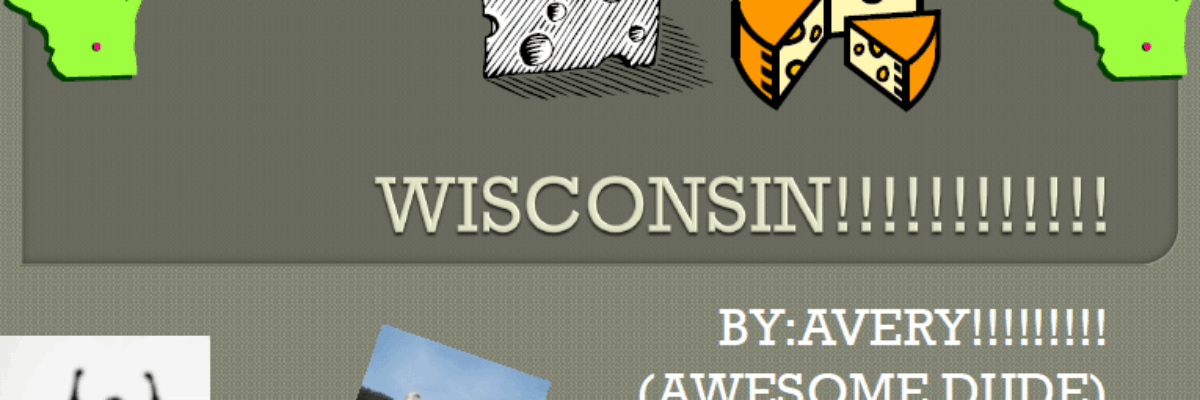Lessons from a 4th Grader’s PowerPoint
A son of friends, we’ll call him Avery, was tasked with every 4th grader’s nightmare – prepare and deliver a presentation on one of the US states. When I was in 4th grade, we didn’t have PowerPoint or wikipedia. I think I made a poster that includes pictures clipped from magazines and photocopies from the library. But I’m pretty sure I recall hating the assignment just as much as a modern 4th grader. Like most kids (and most adults) I thought public speaking sucks. Avery, though, handled his situation pretty well and even showed me his slidedeck. His slides contain at least 3 lessons all of us could learn.
Find the Fun
Look, your audience wants to laugh a little. It doesn’t matter what topic is under discussion or what time of day you are presenting. Levity goes a long way in helping the audience pique interest and connect with the speaker.
Clearly, Avery has this advice under control. He’s naturally a funny kid and he let that shine through in his slides. Sure, these graphics are slightly out of control, but they actually add to the humor of the opening slide. This lets the audience know they are getting ready to be amused while learning some tidbits about Wisconsin, too.
Gavin McMahon taught me that humor can come from you or your slides, but not necessarily both. If you aren’t funny as a speaker, your slides can contain an amusing image. Personally, I crack jokes throughout my talks so my slides are somewhat tame. Avery does both but he’s in 4th grade so I expect that’s typical.
Use Graphics
Slides exist to be the speaker’s visual support. The true teaching, the value, the content comes out of the speaker’s mouth/brain/heart. Slides should look more like this:
 Elsewhere I’ve talked about good use of graphics on slides, but the key in this case is that Avery’s provided visual examples of his topic. They are big. They don’t leave a lot of room for words (but plenty for exclamation points, natch). He’s helping people cement his information into their brains.
Elsewhere I’ve talked about good use of graphics on slides, but the key in this case is that Avery’s provided visual examples of his topic. They are big. They don’t leave a lot of room for words (but plenty for exclamation points, natch). He’s helping people cement his information into their brains.
Goes Beyond The End
Sure, we need a clear cut off point when the presentation is over. But better to leave on a high note – in Avery’s case, a laugh – than a simple, dry thanks.
It’s super common to see a presenter end a talk by taking questions – a down point, when many start checking their email – only to scramble back for a quick “thanks” before the applause. What a way to leave a crowd lukewarm. It’s better to intersperse question breaks. Or take them at the end but come back to a solid recap or a call to action or even a joke that elevates the mood one more time and leaves the audience rightfully thinking that your presentation has rocked.
For me, my overarching takeaway point from looking at Avery’s slidedeck is this: He was himself. You can tell he wasn’t yet pressured into the adult thinking that a slide must have lots of bullet points to be taken seriously. I haven’t yet brandished him for using clip art. He’s still letting his own voice come through in his slides. You can see his personality right there. A good lesson for us all.




